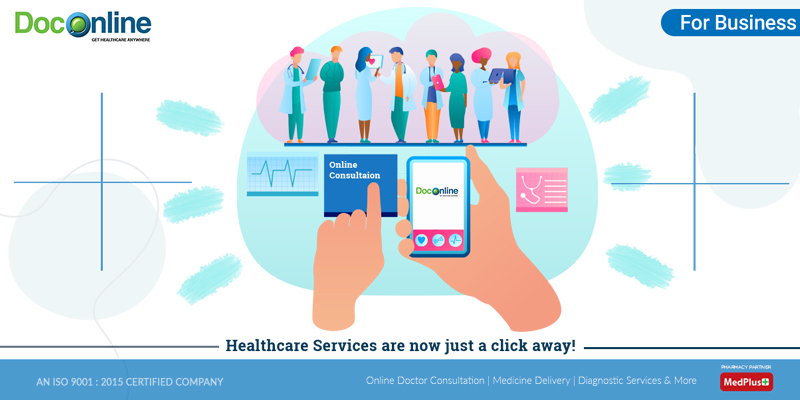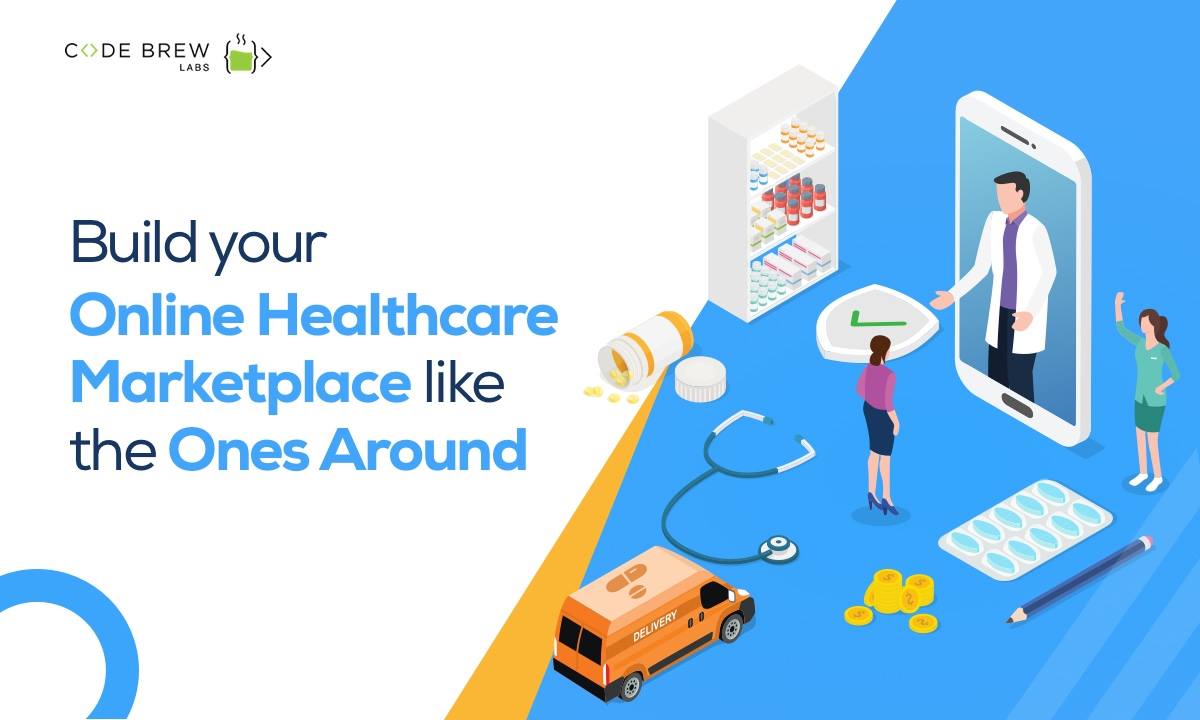How Subscription Based Healthcare is Changing Patient Accessibility to Services
How Subscription Based Healthcare is Changing Patient Accessibility to Services
Blog Article
The Rise of Subscription-Based Health Care and Its Influence on Client Treatment
As healthcare develops, the subscription-based version is acquiring traction, assuring to reinvent client treatment by offering predictability and accessibility. These models, which bypass standard insurance, could redefine the patient-doctor dynamic, emphasizing preventive and tailored care. Yet, as with any type of innovation, they offer challenges, specifically worrying fair gain access to for all socioeconomic groups. The potential for these models to reshape health care shipment elevates pushing inquiries concerning their long-lasting sustainability and inclusivity. Are these subscription solutions the future of health care, or do they risk leaving at risk populations behind? The complexities of this shift warrant a closer assessment.
Understanding Subscription Healthcare Designs
Comprehending the concept of subscription health care versions entails examining a transformative method to clinical solutions that highlights cost and ease of access. These designs, typically referred to as straight health care (DPC) or concierge medication, have actually emerged as innovative choices to typical fee-for-service health care systems. Subscription healthcare permits individuals to pay a set month-to-month or yearly fee for a specified set of medical services, which might include unlimited workplace check outs, routine check-ups, and fundamental lab tests, without the demand for traditional insurance coverage invoicing.
The framework of membership health care models is made to simplify patient treatment by getting rid of third-party payers and complex billing codes, thereby minimizing administrative concerns. Healthcare companies can focus extra on client care, promoting stronger patient-provider relationships. This model additionally advertises preventative care by encouraging routine visits, as the financial barrier of per-visit charges is removed.
The subscription design often encourages doctor to take care of smaller sized client panels, enabling even more tailored care. It aligns financial motivations with patient health outcomes, as suppliers are motivated to maintain patient satisfaction and well-being. Generally, understanding subscription healthcare models requires recognizing their possible to improve exactly how treatment is provided and accessed.
Benefits for Providers and patients

For carriers, subscription-based designs supply the chance to grow patient-provider partnerships. With a stable revenue stream, medical care experts can dedicate even more time to each patient, resulting in a more detailed and tailored care experience. This version also reduces reliance on high patient quantities, reducing exhaustion and boosting task complete satisfaction. The emphasis on preventive care within subscription strategies can lead to much better client results and lowered long-term medical care prices. By concentrating on continuous treatment, providers can deal with issues prior to they escalate, eventually benefiting the medical care system in its entirety by lowering the worry on emergency situation and severe treatment solutions.
Difficulties and Issues
While subscription-based medical care models present countless advantages, they additionally include a collection of challenges and worries that have to be addressed. First, access stays a substantial problem, as these models frequently target people who can afford monthly charges, potentially leaving out low-income populaces. This elevates honest inquiries concerning fair access to medical care solutions. In addition, the different nature of membership strategies can bring about complication among people moved here relating to coverage specifics, potentially leading to unmet assumptions or inadequate treatment.
Financial sustainability of subscription-based models is one more worry. Service providers need to stabilize the set revenue from memberships with the variable expenses of medical care solutions, which may rise and fall because of unpredicted medical needs. This can produce pressure to limit services or boost costs, potentially impacting individual contentment and care high quality.
Moreover, governing oversight of subscription-based medical care designs is still advancing. The lack of standardized frameworks can cause inconsistent solution high quality and accountability, making complex efforts to make certain patient protection. The assimilation of modern technology-- often a keystone of these models-- raises concerns concerning data personal privacy and safety, as sensitive patient details can be vulnerable to violations. Resolving these obstacles is important for the successful and fair implementation of subscription-based healthcare.
Impact on Patient-Doctor Relationships
One substantial impact of subscription-based medical care designs on patient-doctor relationships is the possibility for improved connection and personalized care. By taking on a membership version, physicians can take care of a smaller person panel, enabling for even more specialized time with each person. This increased availability fosters a much deeper understanding of a client's case history, way of living, and choices, enabling a lot more tailored treatment plans and interventions.

Nevertheless, it is crucial to identify that while subscription-based versions might benefit those who can afford them, they might unintentionally widen medical care disparities. Individuals who are incapable to take part in these models might experience lower access to personalized care, potentially impacting their partnerships with doctor. Therefore, while the membership model supplies appealing benefits for patient-doctor relationships, it also postures obstacles that require to be addressed to make sure fair health care access.
Future of Health Care Gain Access To

The duty of technology can not be overlooked in this transformation. Telemedicine platforms and electronic wellness documents assist in smooth interaction between individuals and healthcare companies, damaging down geographical and logistical barriers. Additionally, advancements in synthetic knowledge and information analytics can further individualize treatment by anticipating individual requirements and maximizing treatment strategies.
However, the future of health care accessibility additionally presents obstacles, such as guaranteeing equity throughout different socio-economic teams. Policymakers and health care service providers should work together to link the electronic divide, making certain that subscription-based designs stay affordable and comprehensive. As these systems develop, they hold the guarantee of making healthcare extra obtainable, effective, and patient-centric.
Verdict
Subscription-based healthcare designs are reshaping patient treatment by supplying a secure price framework and enhancing ease of access. These designs strengthen patient-provider connections with personalized treatment and regular sees, highlighting preventative health and wellness. Regardless of these advantages, challenges such as access problems for low-income populations and the need for equitable health care remedies linger. The rise of subscription-based medical care urges positive individual involvement, which has the prospective to improve patient end results and complete satisfaction, signifying a transformative shift in healthcare shipment.
As health care advances, the subscription-based design is acquiring grip, assuring to change individual treatment by using predictability and ease of access.Subscription-based medical care designs offer distinct advantages for both service providers and patients, boosting the total health care experience.As medical care systems evolve, the future of healthcare gain access to regularly pivots on the combination of innovative models and innovations.Subscription-based healthcare models are improving person care by providing a stable cost structure and boosting accessibility. The rise of subscription-based healthcare encourages aggressive client engagement, which has the prospective to boost individual results and complete satisfaction, indicating a transformative shift in medical care shipment.
Report this page